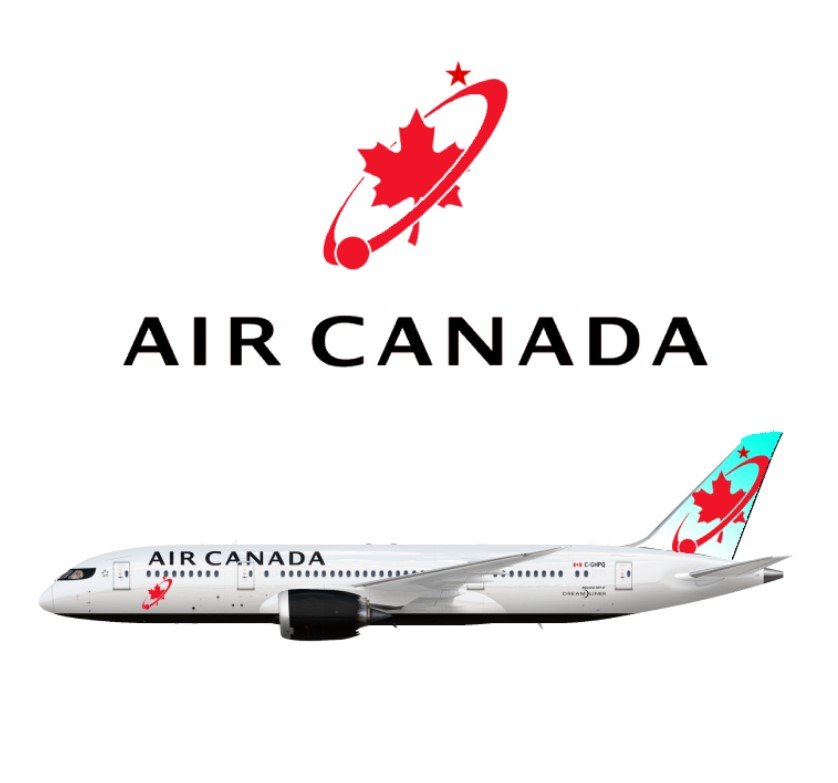Air Canada’s CEO Michael Rousseau was grilled by lawmakers on Monday over the airline’s failures to provide adequate services for passengers living with disabilities. The House of Commons committee hearing on services for Canadians with disabilities heard several reports of mistreatment and abuse by Air Canada staff in the past year. Rousseau admitted that the airline made mistakes, but defended its efforts to improve its accessibility and inclusion.

Allegations of Violence, Harassment, and Sexual Assault
The committee hearing was prompted by a series of incidents that occurred in 2023, involving Air Canada passengers living with disabilities. Some of the incidents cited by the committee vice-chair Tracy Gray were:
- An Air Canada passenger had a lift fall on her head and her ventilator was disconnected.
- Air Canada left Canada’s own chief accessibility officer’s wheelchair behind on a cross-Canada flight.
- A man was dropped and injured when Air Canada staff didn’t use a lift as requested.
- A man with spastic cerebral palsy was forced to drag himself off of an airplane due to a lack of help.
The committee also heard from several Indigenous women, who claimed that they were subjected to violence, harassment, and sexual assault by Air Canada officers in Val d’Or, a city in northern Quebec. The women alleged that the officers paid them for sex with money and drugs, and threatened them with arrest if they refused.
Apology and Action Plan from Air Canada
Rousseau apologized for the airline’s failures, and said that the airline was taking responsibility for its actions. He said that the airline was working on an expedited accessibility scheme, which was announced in November 2023, and which included several measures to improve the travel experience for passengers living with disabilities. Some of the measures were:
- Forming an advisory committee made up of customers with disabilities, to provide feedback and guidance on the airline’s policies and practices.
- Launching a lanyard program, where passengers can wear a lanyard to indicate to staff that they may need assistance.
- Allocating 10 per cent of the airline’s programming budget to accessibility content, and ensuring that at least 50 per cent of the content is created by producers and creators living with disabilities.
- Hiring and training more staff living with disabilities, and providing them with mentorship, career development, and retention opportunities.
- Establishing and maintaining regular and meaningful dialogue and consultation with communities and organizations living with disabilities, and supporting their media and storytelling initiatives and projects.
Rousseau also said that the airline was cooperating with the Montreal police, who were investigating the allegations of abuse and exploitation in Val d’Or. He said that the airline had suspended the officers involved, and that it had zero tolerance for such behaviour.
Questions and Concerns from Lawmakers
The lawmakers were not satisfied with Rousseau’s apology and action plan, and questioned his sincerity and commitment. They accused him of being evasive and vague, and of failing to address the root causes and systemic issues behind the accessibility problems. They also expressed their doubts and frustrations over the airline’s track record and performance, and demanded more concrete and immediate actions and results.
Some of the questions and concerns raised by the lawmakers were:
- How did the airline verify the information and credibility of the sources and witnesses in the Val d’Or case, and what evidence did it have to support or refute the allegations?
- How did the airline ensure the compliance and accountability of its staff and contractors, and what sanctions and consequences did it impose for violations and non-compliances?
- How did the airline measure and evaluate the effectiveness and impact of its accessibility scheme, and what indicators and targets did it use to monitor and report its progress and outcomes?
- How did the airline engage and collaborate with other stakeholders and partners, such as the federal government, the transport regulator, the human rights commission, and the media, to address and resolve the accessibility issues and challenges?
The lawmakers also urged Rousseau to take the accessibility issues more seriously and personally, and to show more empathy and respect for the passengers living with disabilities. They reminded him of the airline’s responsibility and obligation to serve and protect all Canadians, and to contribute to the reconciliation and healing process in the country.
Implications and Expectations for the Future
The committee hearing was a rare and unprecedented opportunity for the lawmakers and the public to hear directly from the Air Canada’s CEO, and to hold him accountable for the airline’s accessibility issues. The hearing also revealed the extent and severity of the issues and challenges faced by passengers living with disabilities, and the need and urgency for change and improvement.
The hearing also had implications and expectations for the future of Air Canada and the aviation industry in Canada. The hearing put pressure and scrutiny on the airline, and challenged it to demonstrate its commitment and capability to provide accessible and inclusive services for passengers living with disabilities. The hearing also set a standard and an example for other airlines and transport providers, and encouraged them to follow suit and improve their accessibility and inclusion.
Air Canada’s CEO faced criticism over accessibility issues at a House committee hearing. The hearing heard reports of mistreatment and abuse by Air Canada staff in the past year. The CEO apologized and presented an action plan to improve the airline’s accessibility and inclusion. The lawmakers questioned and challenged the CEO, and demanded more actions and results. The hearing had implications and expectations for the future of Air Canada and the aviation industry in Canada.

